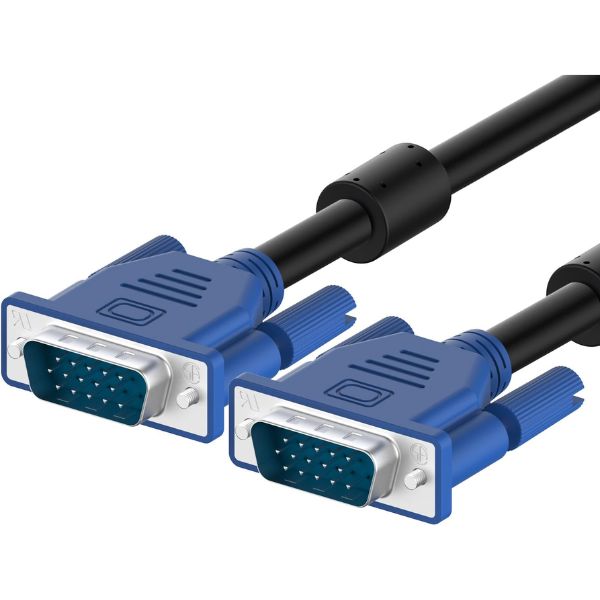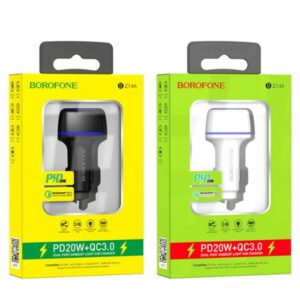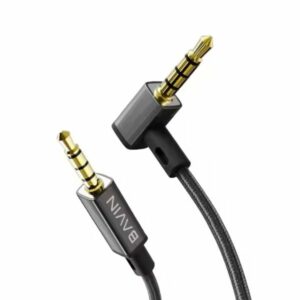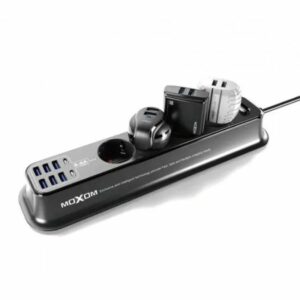VGA Cables 15-pin: An Essential Guide
Introduction
VGA (Video Graphics Array) cables 15-pin have been a cornerstone of video connectivity for decades. Despite newer technologies emerging, VGA cables remain widely used for certain applications due to their reliability and compatibility. This guide provides a comprehensive overview of VGA cables, their specifications, applications, benefits, and installation tips.
Technical Specifications
- Connector Type: 15-pin D-Sub
- Signal Type: Analog
- Bandwidth: Typically supports up to 1080p resolution
- Cable Length: Available in various lengths, commonly from 1.5 meters to 30 meters
- Shielding: Foil and braid shielding to minimize electromagnetic interference (EMI)
- Pin Configuration: 15 pins arranged in three rows of five
- Compatibility: Compatible with VGA, SVGA, XGA, and UXGA standards
Applications
VGA cables are versatile and can be used in various settings:
- Computer Monitors: Connecting older computers to CRT and LCD monitors.
- Projectors: Ideal for linking laptops and desktops to projectors in educational and business environments.
- Televisions: Connecting older TVs that lack modern HDMI inputs to video sources.
- KVM Switches: Used in KVM (Keyboard, Video, Mouse) setups to manage multiple computers from a single set of peripherals.
Benefits
- Wide Compatibility: VGA cables are compatible with a broad range of devices, making them a versatile choice for different setups.
- Cost-Effective: They are generally more affordable than their digital counterparts, such as HDMI or DisplayPort cables.
- Simplicity: The analog nature of VGA cables ensures straightforward plug-and-play functionality without the need for drivers or complex setup procedures.
- Durability: High-quality VGA cables with proper shielding can provide long-lasting performance with minimal signal degradation.
Installation Tips
- Proper Handling: Avoid bending the cables sharply to prevent damage to the internal wires.
- Secure Connections: Ensure that the connectors are firmly attached to the ports to prevent signal loss and interference.
- Cable Management: Use cable ties or clips to organize and secure the cables, reducing clutter and potential trip hazards.
- Distance Considerations: For longer cable runs, consider using high-quality, shielded VGA cables to maintain signal integrity.
Conclusion
VGA cables continue to play a crucial role in video connectivity, particularly in environments where legacy equipment is still in use. Their wide compatibility, cost-effectiveness, and simplicity make them a reliable choice for connecting monitors, projectors, televisions, and KVM switches. By following proper installation practices, you can ensure that your VGA cables provide optimal performance and longevity.





